A rainy day prompted us to visit the William Johnson House, a unit of the Natchez National Historical Park is located on State Street in the commercial district during antebellum Natchez (mid-1800s). The population at the time was 3,000 whites, 1,600 slaves, and 200 free blacks (who were mostly mixed race). William Johnson was one of the free people of color and a prominent citizen in the community. He owned the brick structure (shown below) where he (and his family) lived and rented retail shop space.
Here’s a brief history of William Johnson and his home:
1809: Johnson born into slavery by a mixed race slave woman (Amy).
1820: Emancipated by his white slave owner (presumed to be his father). His mother and sister, Adela, had been free a couple of years earlier.
1830: Opened his first (of three) barber shops after an apprenticeship with Adela’s husband (also A free black man). His Main Street shop catered to wealthy white men.
1840: Johnson purchased farmland and expanded his interests beyond his urban business.
1841: Family moved to the upstairs home and rented out commercial space at street level. He and his wife, Ann, had 10 children (and Ann’s mother lived with them, too).
1851: Johnson was murdered (shot in the back) by Baylor Winn following a property dispute. Because blacks could not testify in court against a white man (and the three witnesses to the crime were black or mixed race), Winn only served two years.
1976: The home was in the Johnson family for almost 130 years, when it was purchased by the Preservation Society of Elliott Hill.
1990: National Park Service acquired the property and, after restoration efforts, opened the visitor center, first floor exhibit, and 2nd floor living quarters (with many Johnson family original furnishings).
How do we know so much about Williams Johnson today? He kept a diary from 1835 until his death in 1851 (14 volumes). Preserved by his family, it is now at Louisiana State University. It provides glimpses into life for a free person of color during the pre-Civil War period in the south. Portions of the diary are on display in the exhibit area.
A model of the house of the original house and the two-story second structure behind (that contained the kitchen, dining rooms, and slave quarters) can be seen. Yes, Johnson owned about 25 slaves, a measure of wealth and success in Natchez at the time. Some worked in the home, but most on his farms.
Additional information about Johnson’s family (although little is known of subsequent generations) and businesses can be found in the first -floor exhibit area. Known as the “Barber of Natchez,” Johnson personally provided services to his customers as did free blacks in his employ and slaves that he owned.
We continued the self-guided tour to the rear of the house. The second building (kitchen, etc.) can be seen here (although it was not open) and we took the stairs to the back porch to enter the Johnson family living quarters.
The parlor was in the largest room on the second floor. Many of the furnishings here original to the Johnson family during the 1800s. William Johnson was well educated and well read. He likely sat at the desk to write in his diary each night.
The bedroom of William and Ann Johnson is shown below. It is likely that their two youngest children shared the bedroom with them. Also shown is the bedroom of Harriet Battles (Ann’s mother). She retained title to the property until her death in 1873 when she left it to her 5 granddaughters.
This is one of several locations of the Natchez National Historic Park. There is no admission fee to visit the site. For additional information about the William Johnson House or other sites, go to www.nps.gov/natc.
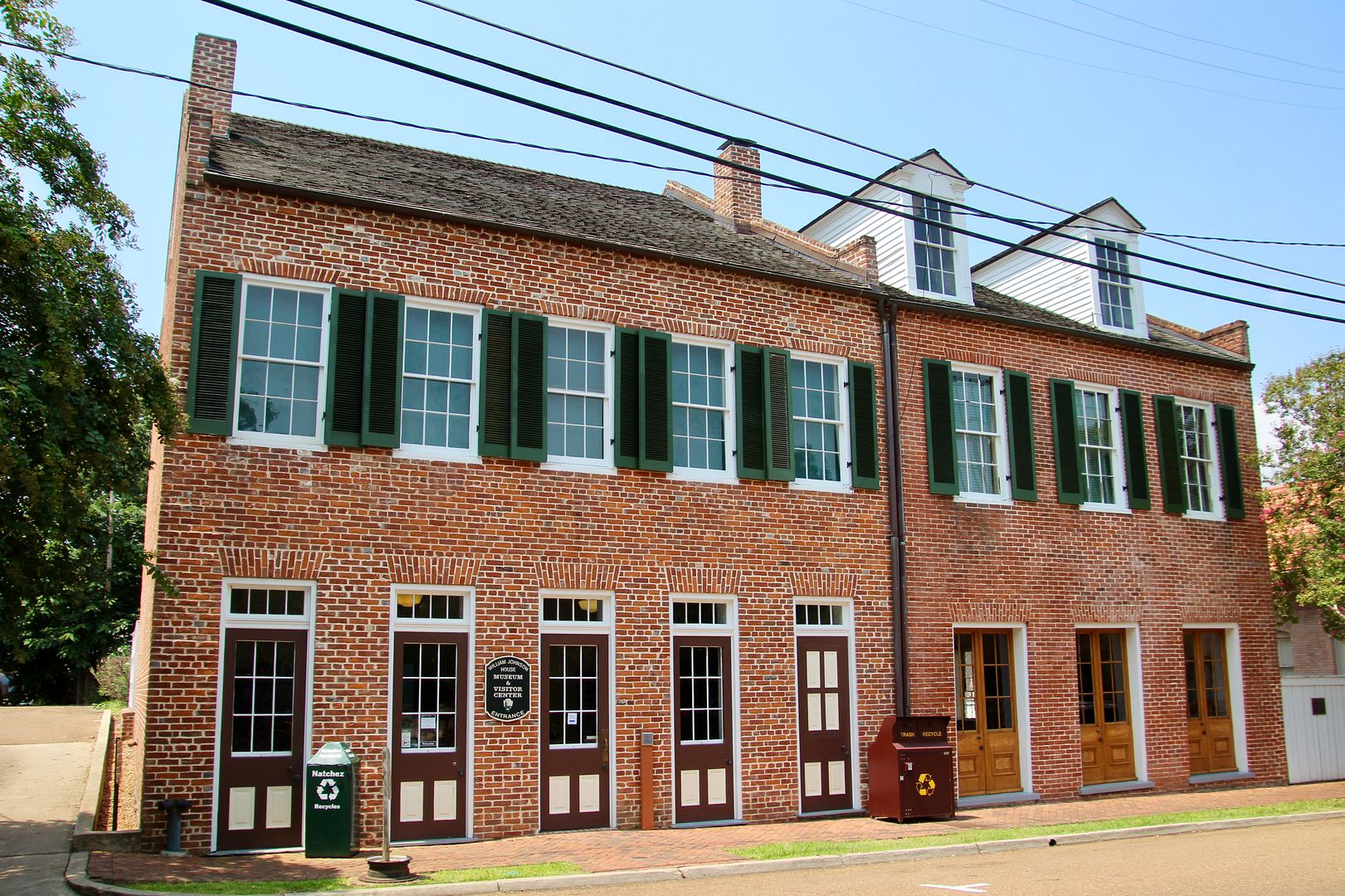
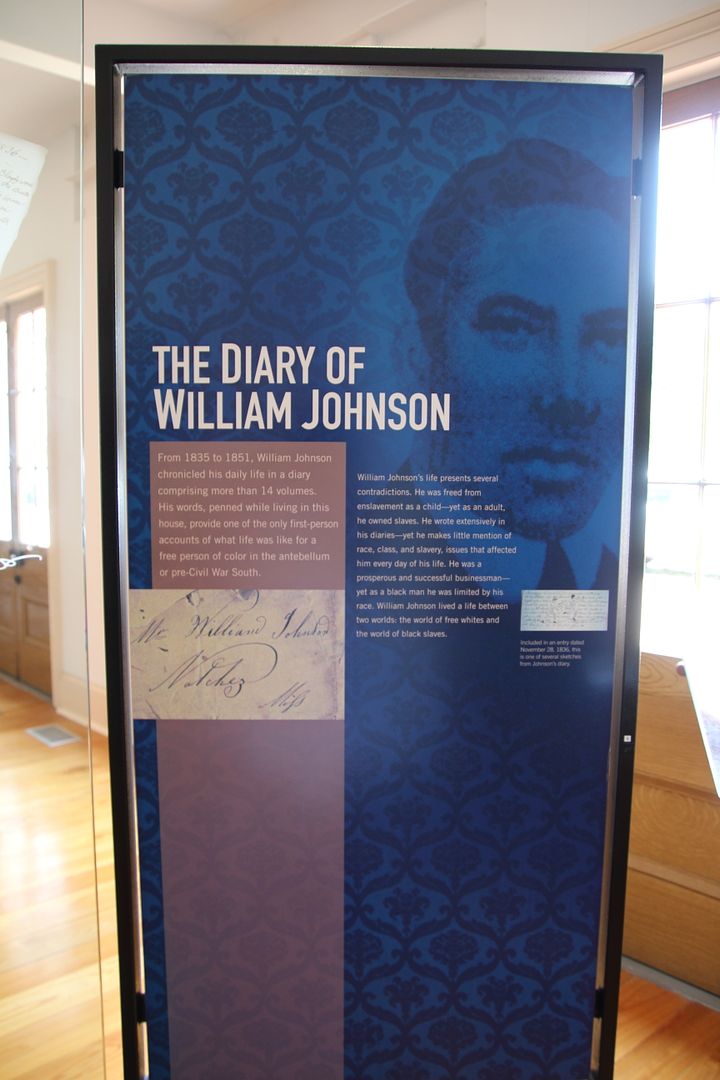
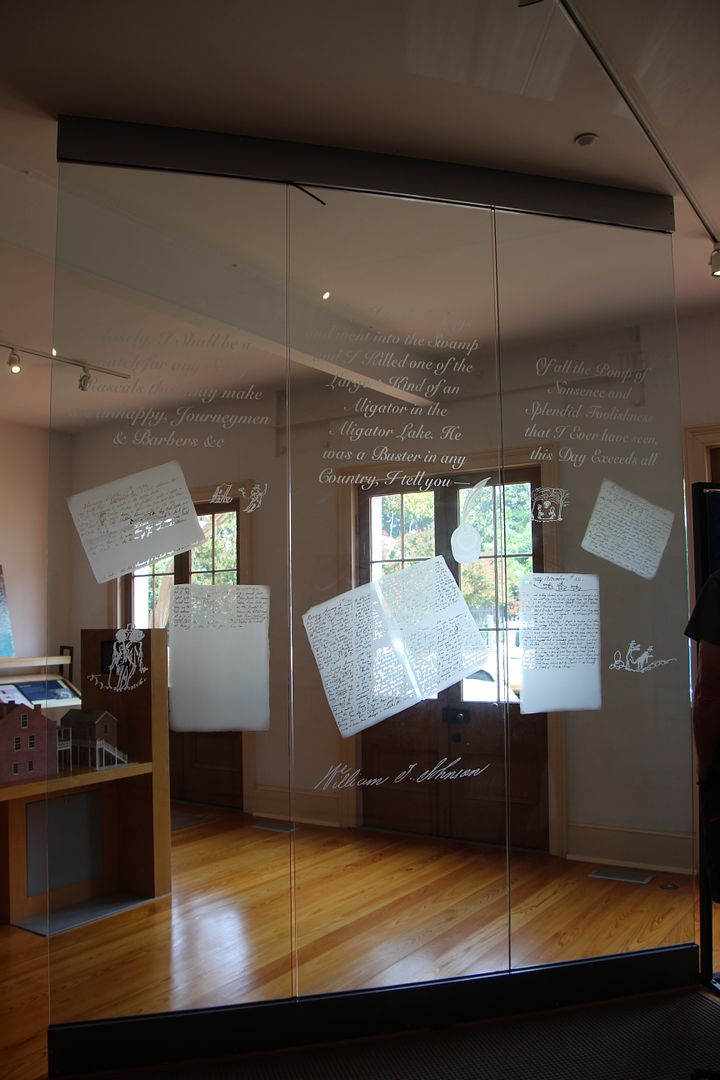



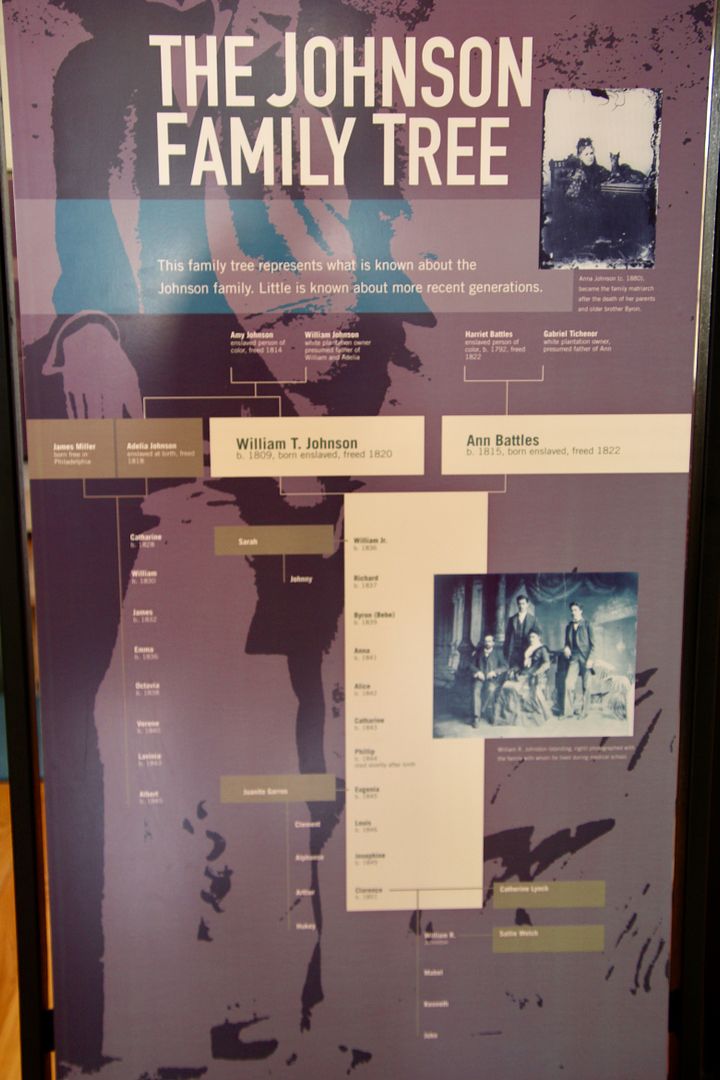

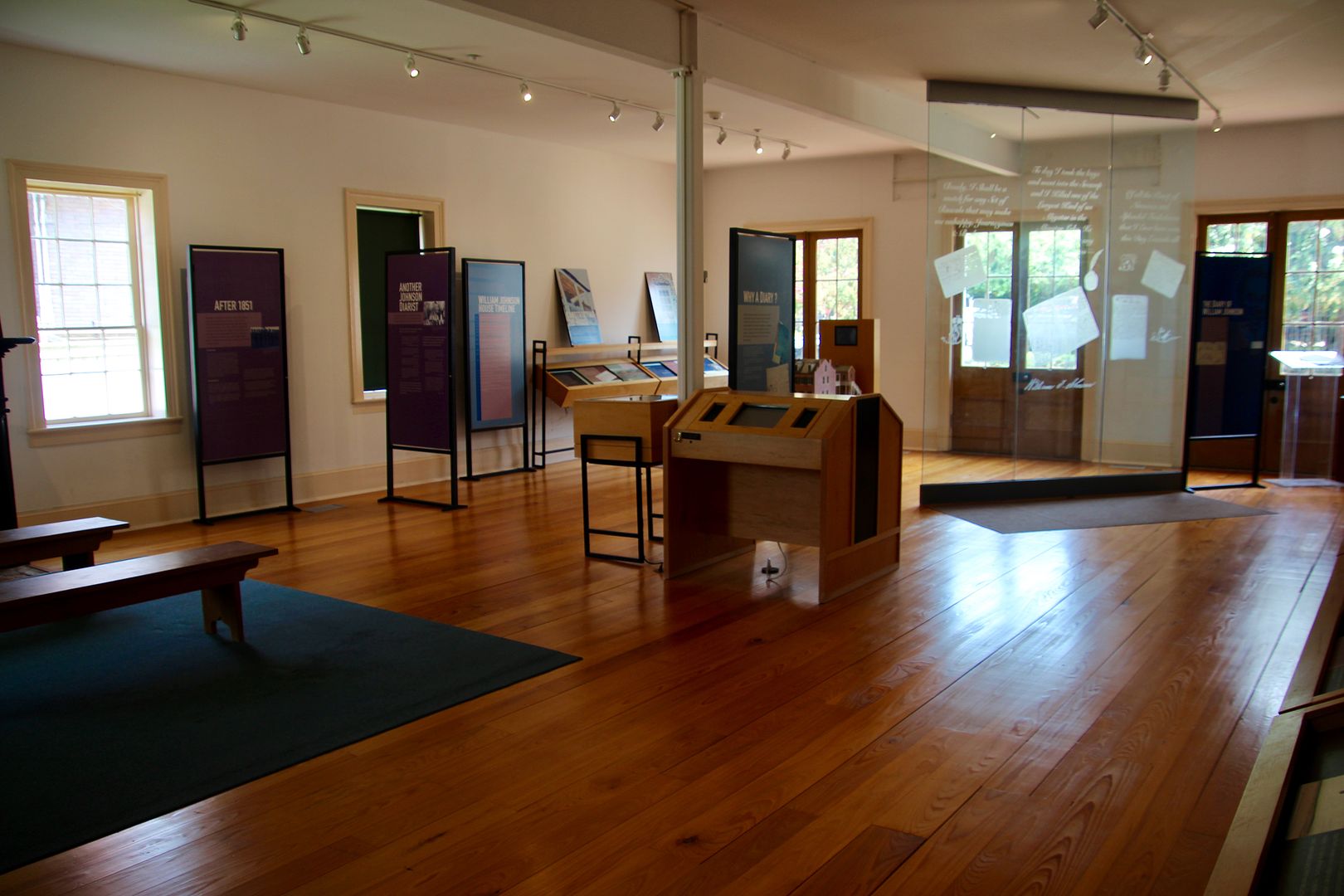
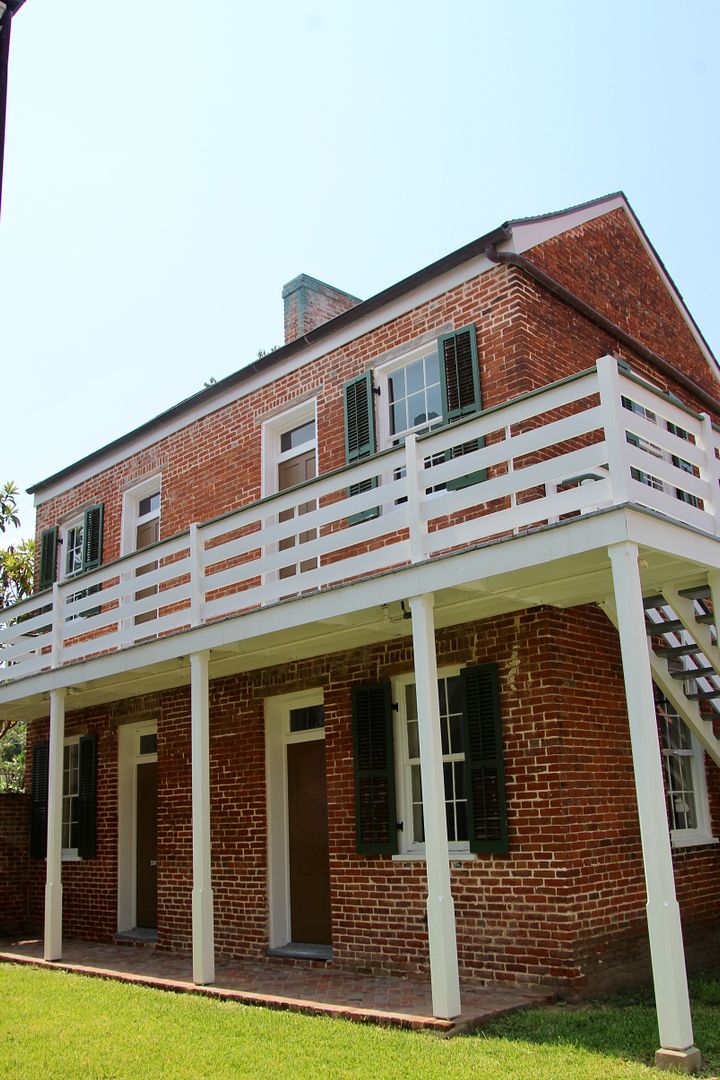
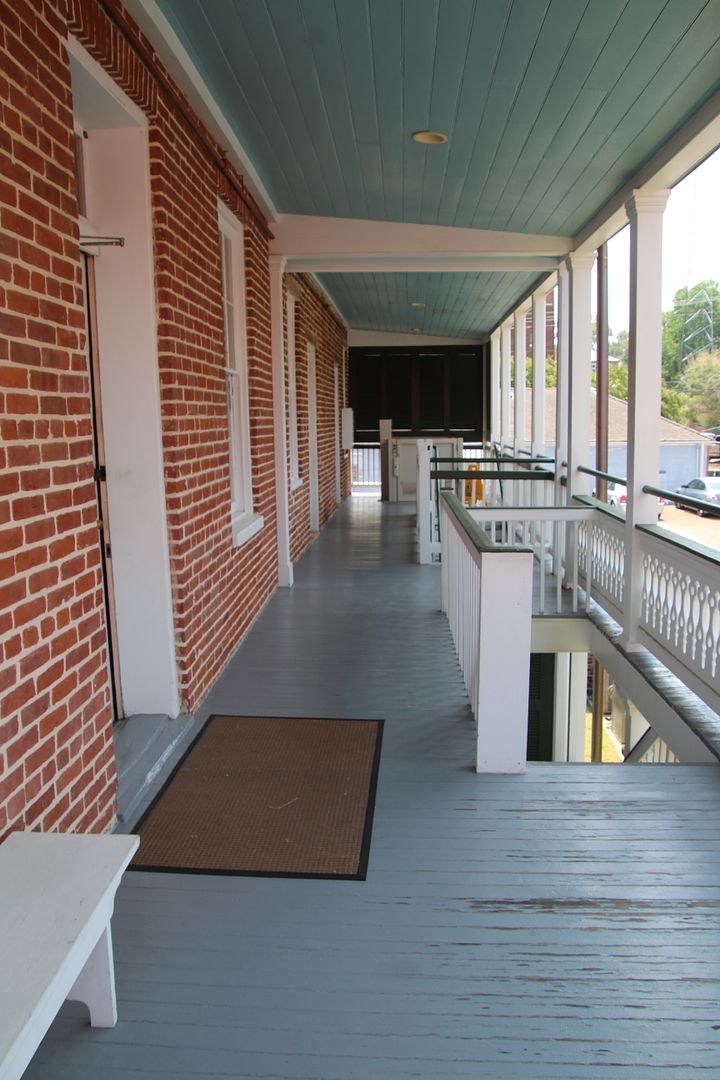
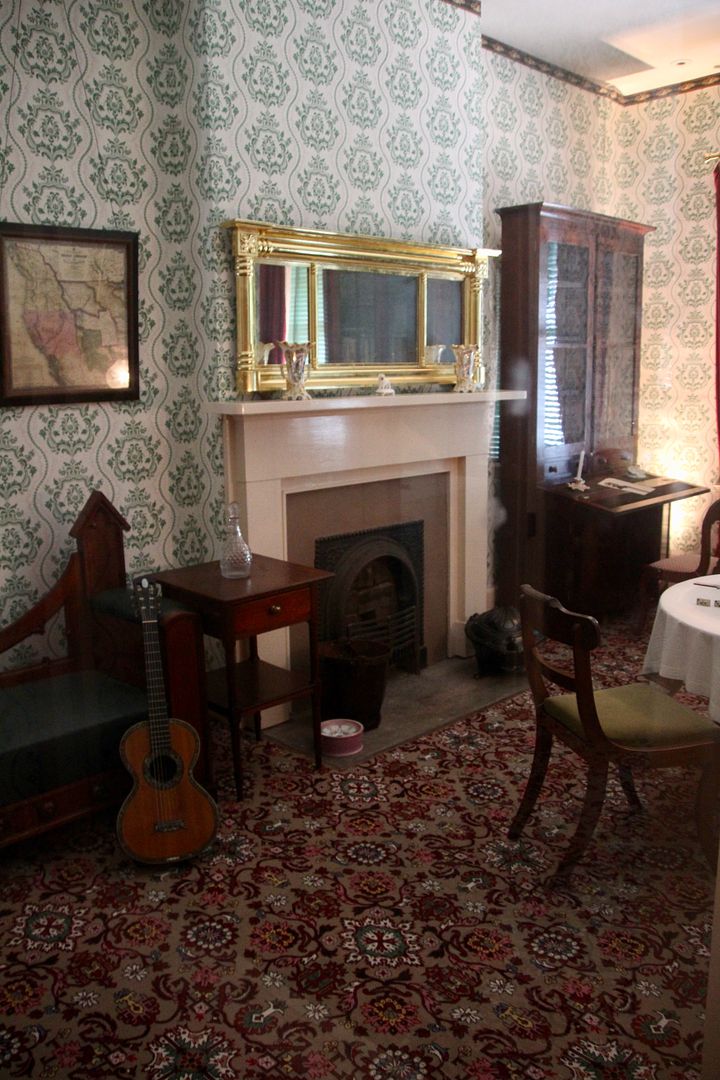
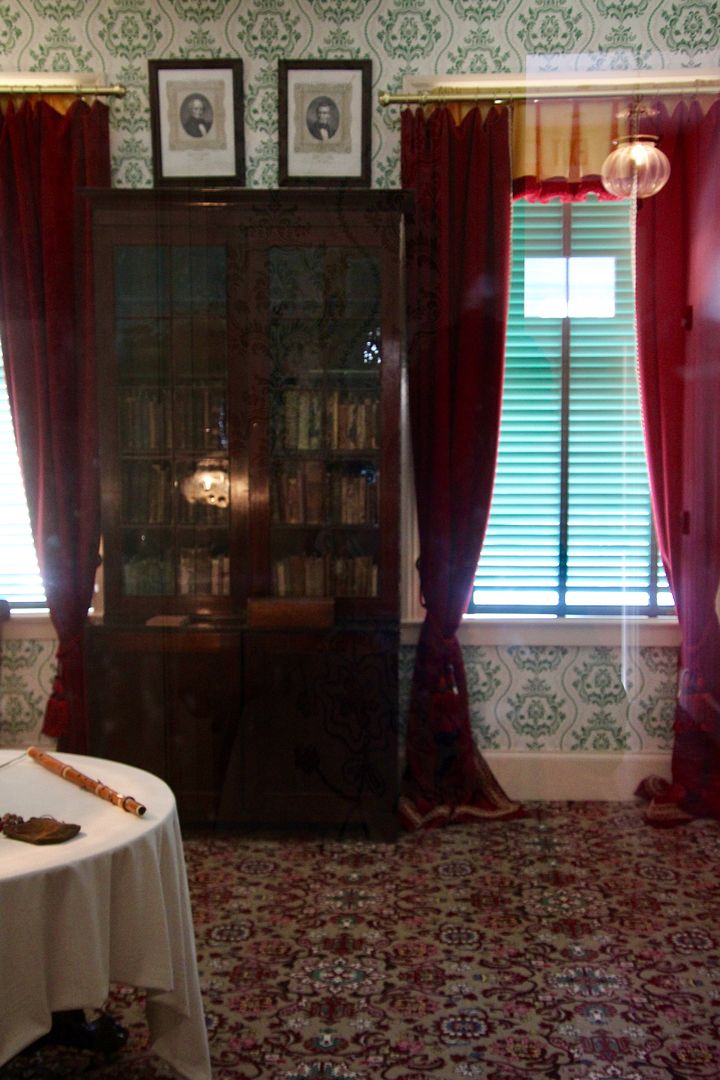
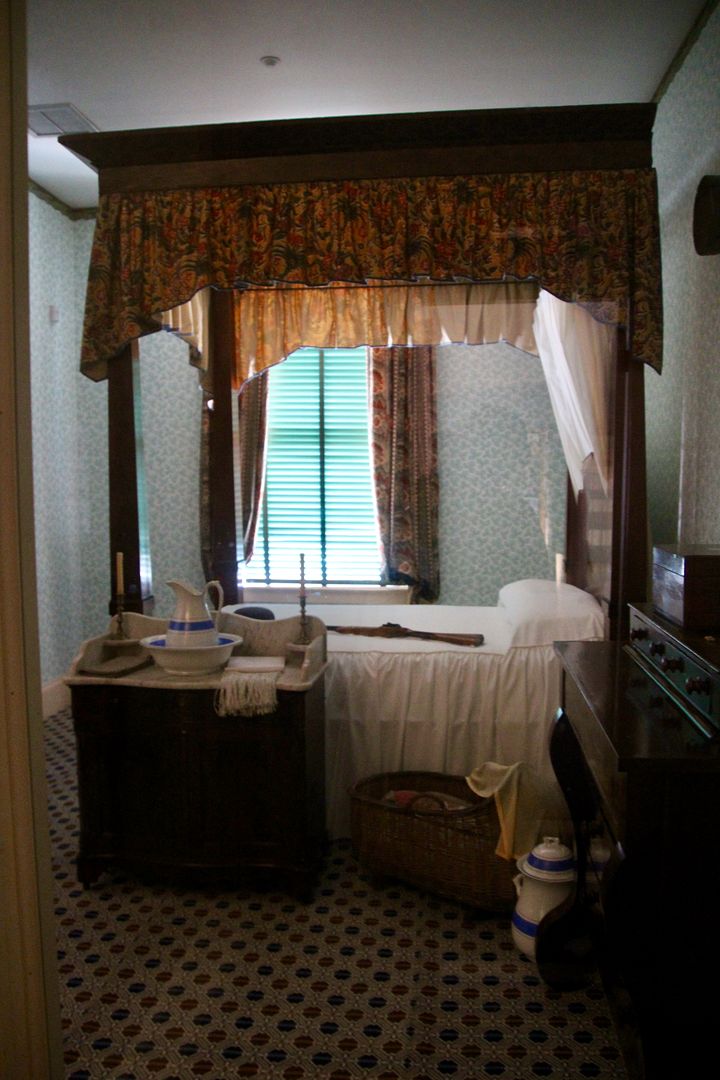
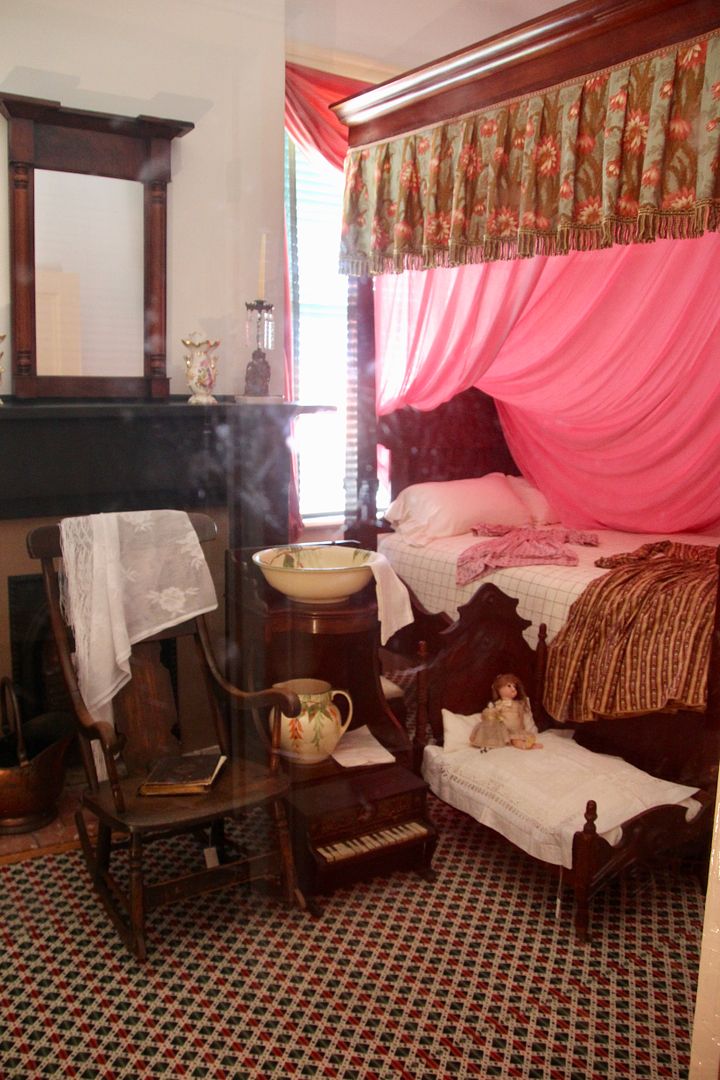
No comments:
Post a Comment